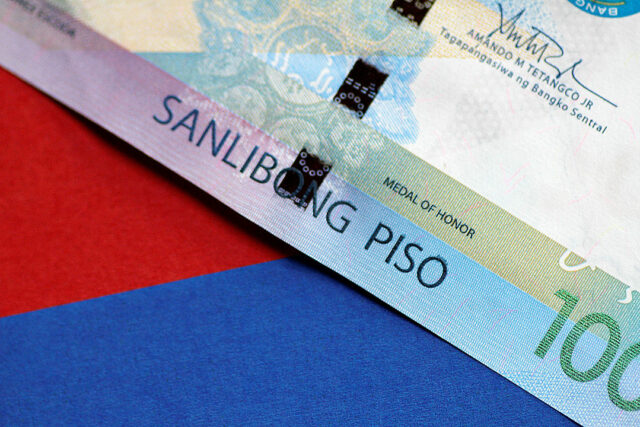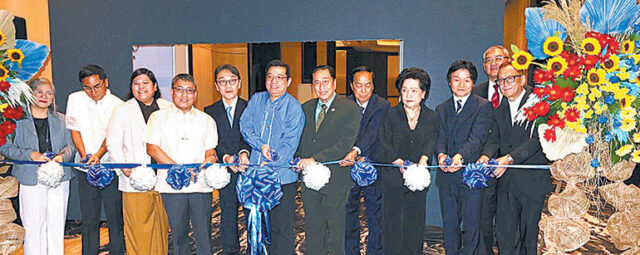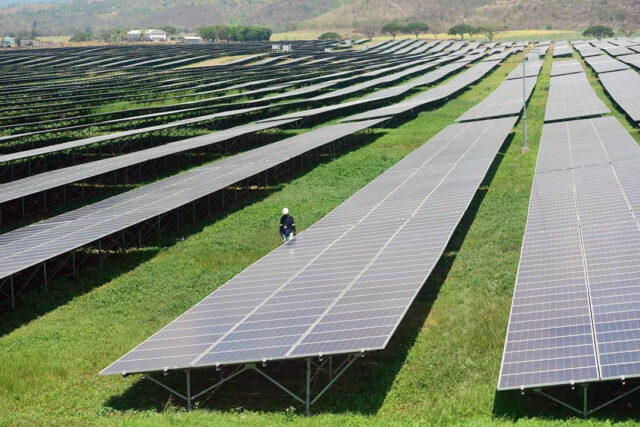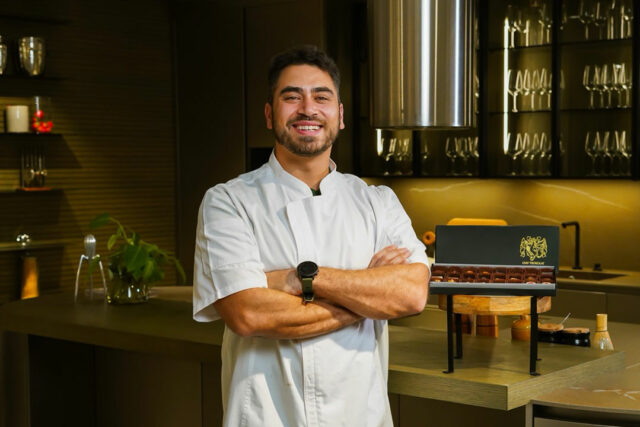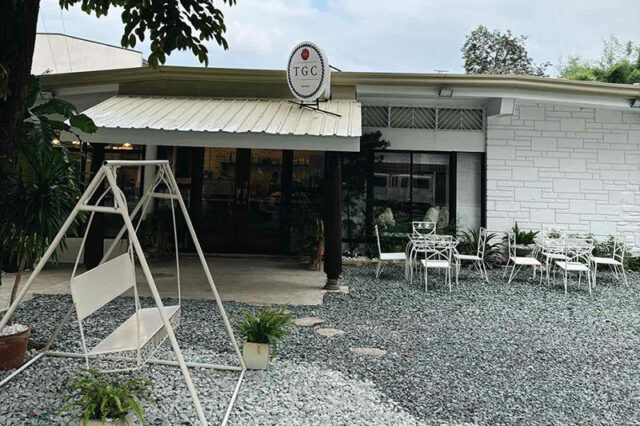Nomura sees slower PHL growth

NOMURA Global Markets Research has trimmed its gross domestic product (GDP) growth forecast for the Philippines next year, citing risks such as from US President-elect Donald J. Trump’s policies and domestic political tensions.
“We expect growth to gradually improve in 2025 but still undershoot official targets. The economy is vulnerable to Trump policies but public investment and election-related spending will support domestic demand,” it said.
Nomura clipped its GDP growth forecast to 6% for 2025 from its earlier projection of 6.1%. This would be the lower end of the government’s revised 6-8% growth target for next year.
However, it kept its 5.6% estimate for this year, lower than the 6-6.5% government target.
Nomura cited “strong external headwinds” that could dampen growth, especially in the second half of 2025.
“As we have highlighted, the Philippines is among the most vulnerable in the region to Trump’s policy proposals and is likely to be caught in the crossfire of deteriorating US- China ties.”
Mr. Trump’s planned restrictive trade policies may impact the Philippines, which heavily relies on the United States for business and economic activity.
“Therefore, we pencil in slow growth of goods and services exports, with the tariffs likely to weigh on external demand, while worker remittances, which support domestic consumption, are likely to be negatively affected by tighter immigration policy in the US, similar to Trump’s first term.”
“Sharply weaker global growth and higher global trade protectionism pose downside risks to growth. Escalating geopolitical tensions, particularly in the South China Sea, could also generate more growth headwinds,” it added.
On the domestic front, Nomura also flagged political uncertainty from the upcoming elections as well as recent tensions between the country’s top officials.
“Domestically, a weak result during the midterm elections for the administration and its allies could reignite political risks, as well as a continued intensification of the conflict between President (Ferdinand R. Marcos, Jr.) and Vice-President (Sara Z. Duterte-Carpio).”
Impeachment talks have gained ground in Congress amid lawmakers’ probe of Ms. Duterte-Carpio’s confidential funds at the Office of the Vice-President and the Department of Education, which she led for about two years under the Marcos administration.
On the other hand, domestic demand is seen to act as a buffer to these headwinds.
Economic growth is seen to be supported by increased investment spending, which will be ramped up amid the upcoming elections, Nomura said.
“We think public investment spending will remain a significant growth engine, as the government pushes for more progress on infrastructure projects, which remain a top priority of the Marcos administration.”
An improving inflation outlook will also boost consumer sentiment and private consumption, it added.
Nomura projects inflation to average 2.7% in 2025 and 3% in 2026, well within the Bangko Sentral ng Pilipinas’ (BSP) 2-4% target.
The central bank expects inflation to average 3.1% this year.
Nomura said the BSP will likely embark on an “aggressive” easing cycle, with a 25-basis-point (bp) cut at the next four Monetary Board meetings.
“Our policy rate forecasts suggest BSP’s terminal rate will be 5%, which is similar to the BSP’s estimate of the neutral rate. If inflation continues on a downward path, as we expect in the near term, BSP will likely look to further remove the restrictiveness in the monetary stance to support a recovery in domestic demand,” it said.
BSP Governor Eli M. Remolona, Jr. earlier said that the Monetary Board could reduce or keep rates steady at its Dec. 19 meeting, its last policy review for the year.
The central bank has lowered borrowing costs by 50 bps since August, bringing the key rate to 6%.
The BSP chief also signaled further easing next year in the ballpark of 100 bps, though not necessarily at every meeting or every quarter, he added.
“A shallower cutting cycle by the Fed will unlikely be a significant constraint, taking into account BSP’s laissez-faire approach on currency weakness, if interest rate differentials with the US become narrower,” Nomura added.
It also expects the BSP to deliver another 200-bp reduction in the reserve requirement ratio (RRR), bringing it to 5% by mid-2025.
The BSP slashed the RRR for universal and commercial banks and nonbank financial institutions with quasi-banking functions by 250 bps to 7% from 9.5%, effective on Oct. 25.
Mr. Remolona earlier said they are eyeing to bring down big lenders’ RRR to as low as zero before his term ends in 2029. — Luisa Maria Jacinta C. Jocson


